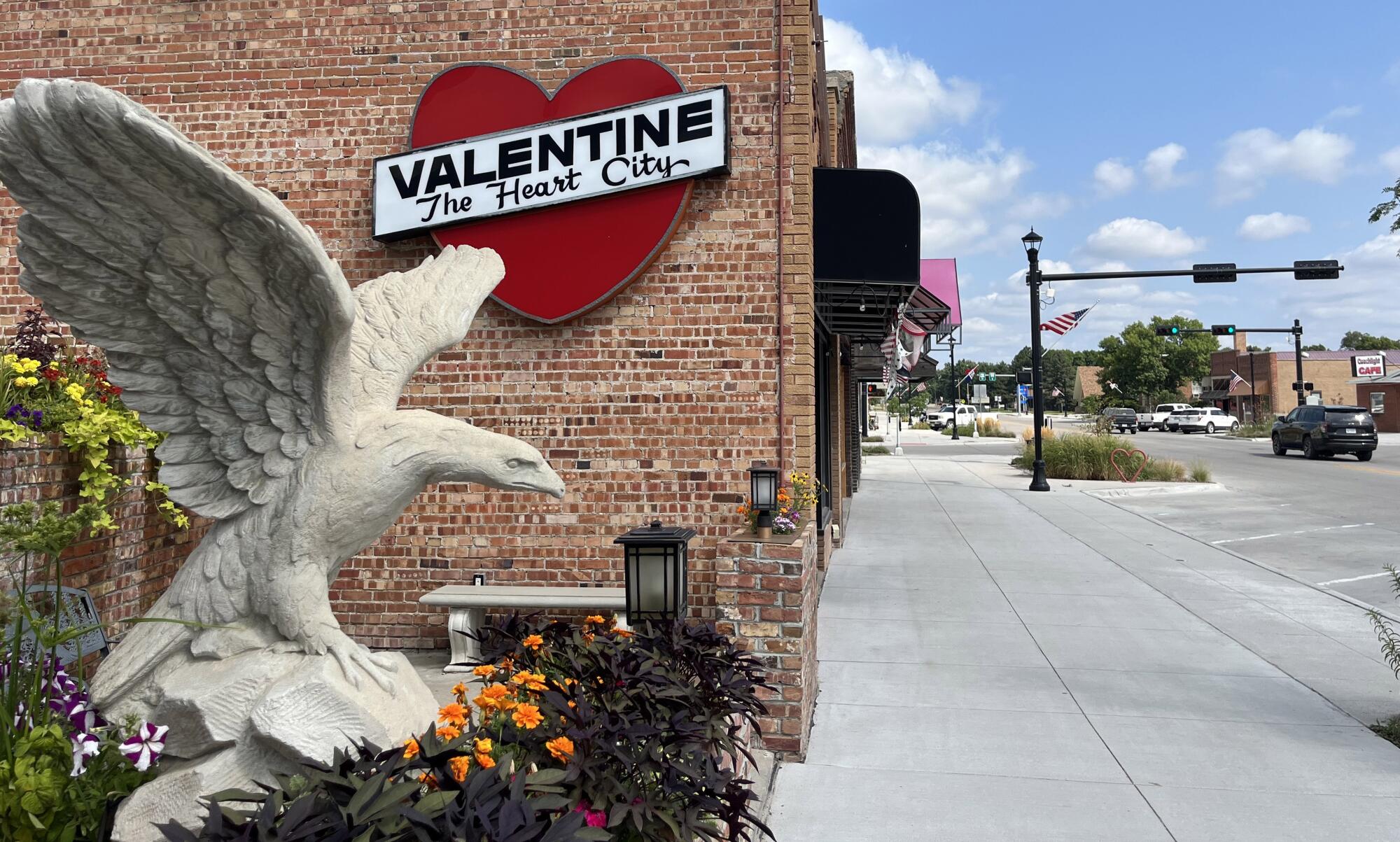Step out onto the terrace of the Bodega Vinorum in Lujan de Cuyo, Argentina and, glancing at the elegant iron wrought railings and the railway station clock, you feel like you are on an old- fashioned train platform.
It is the perfect departure point for a tour of Argentina’s most famous wine region, the province of Mendoza at the foot of the Andes mountains.
Wine flourishes here, amid the area’s dry microclimate, altitude and stony soil of a former riverbed.
“At the end of the 19th century, the first migrants from Italy understood that this was the ideal place to grow wine,” says bodega owner Cecilia Buj De Altieri, pouring a refreshing Chardonnay called Regina Bianca, whose vines grow at an altitude of 1,250m.
The winery, which dates back to the 1930s, not only offers Argentina’s most award-winning top wines, but also a journey back in time, thanks to a small museum kitted out with historic wooden barrels and production tools.
Outside you can admire machines used to make wine in the past, and the carriages vintners used to transport the vines.
On cycle tours through the vineyards of Bodega Norton, visitors learn a lot about top Argentinian wines. — Photos: MANUEL MEYER/dpa
Hop in the saddle
Our journey continues by bike through seemingly endless wine landscapes. Renacer: Terrazas De Los Andes – the 10km cycle tour – guide Ignacio Mezzatesta of Wine & Ride shows us the variety of different bodegas in the region.
There are almost a thousand wineries in this province alone, and you can visit some 180 of them to enjoy wine tastings with tasting menus. The cycle tour ends at the futuristic Bodega Bonfanti with a delicious lunch and strong Malbec red wine among vines and olive trees.
Located around 900km west of Buenos Aires at the foot of the Andes, the Mendoza region is by far the most important wine- growing area in Argentina.
“Almost 70% of all the country’s wines are produced here,” says Mezzatesta.
Mendoza is a dry steppe, partly interspersed with small sandy deserts. The sun shines 300 days a year. However, the vineyards’ altitude of 1,200m on average ensures mild temperatures.
Nice vines
The low-acid and calcareous soils are ideal for Malbec in particular. But also for the fruity white wine variety Torrontes, which today only grows in Argentina.
The heart of the wine region and the Malbec wines is the Uco Valley, whose wines have their own designation of origin. Here, the vines are planted at altitudes of up to 2,100m.
That is one reason why French oenologist legend Michel Rolland opened his bodega Clos de los Siete here.
But we are stopping at SuperUco, a small family bodega where Gabriel Michelini and his three brothers produce delicious auteur wines, the name given to fine, often limited-edition wines with which winemakers realise their individual potential.
The brothers also limit their biodynamically produced editions to 35,000 litres each.
They make Merlot, Malbec and Cabernet Franc on their 2ha site. Their wines mature in barrels shaped like amphorae and eggs decorated by artists.
Michelini says yeast cultures are not used to ferment sugar into alcohol as is usually the case, “but rather fruits and grains from the indigenous population”.
Argentina may have been enduring much political turbulence in recent months, but that hasn’t put much of a dent in the travel possibilities.
The Andes
One great way to enjoy the wines is to sit on the terrace with a view of the snow-covered Andes, even in summer, or at a campfire, if you take a horseback excursion to the mountains. You might well have an Argentinian steak along with it.
We sit down to dine with Michelini’s neighbours, as there are five bodegas in his immediate vicinity. At The Vines Resort & Spa, you can get impressive dishes that go well with the sophisticated wines.
At the grill is Francis Mallmann, known throughout South America, for his Michelin-starred restaurant Siete Fuegos which means “Seven Fires”.
Like an Argentinian gaucho, Mallmann does not simply grill sides of beef on a barbecue but has developed a kind of haute cuisine over an open fire, where regional cuisine meets French finesse.
The Bogeda Norton is also known for its top cuisine and you can explore its labyrinthine wine cellars or take a bike tour through the surrounding vineyards. His wine tastings are held among the vines.
Further culinary discoveries await you at the brick bodega Lagarde, one of Mendoza’s oldest wineries, dating back to 1897. Before sitting down at the table, guests head into the fragrant garden with gardener Maximilian Balboa, where they harvest red sage, purple carrots, raspberries, herbs and edible flowers for the dishes.
Argentinian empanada dumplings at the Michelin-starred restaurant Siete Fuegos.
Gastronomy delights
Guided by chefs Augusto Garcia and Guido Gonnet, visitors then learn how to prepare Argentinian regional dishes in an open kitchen. While some make creamy ricotta with beetroot and raspberries, others place their empanada dumplings in a clay oven. The bodega’s wines are served to accompany the eight-course menu enjoyed with a view of old vines.
Good wine, good food – Mendoza is heaven for gourmets.
There is also plenty to do at the bodegas, from practising yoga among the vines to helping with the grape harvest, usually in February. Casa de Uco winery also runs horse riding excursions.
It’s a bodega with design hotel and spa with a spectacular location 1,200m above sea level, right by the Andes. On the ride through the vineyards, Jenny Adriazola tells the story of the bodega and the region, points out flora and fauna, while foxes and wild rabbits leap cross the path.
Steaks are of course served here in the Bodega Norton, like in most other restaurants around here.
If it is adventure you seek, you can also venture further into the mountains with Jenny, to see giant Andean condors whose wingspan measures up to 3m. You’ll see guanacos that are similar to llamas and – if you’re very lucky – even pumas.
Many enjoy relaxing by the outdoor pool with a view of the vineyards after that, then enjoy first-class regional cuisine in the evening.
If you eat meat, do try the enormous tomahawk steak. After all, Argentinians are not only experts in wine-growing, but also in barbecuing. – dpa


